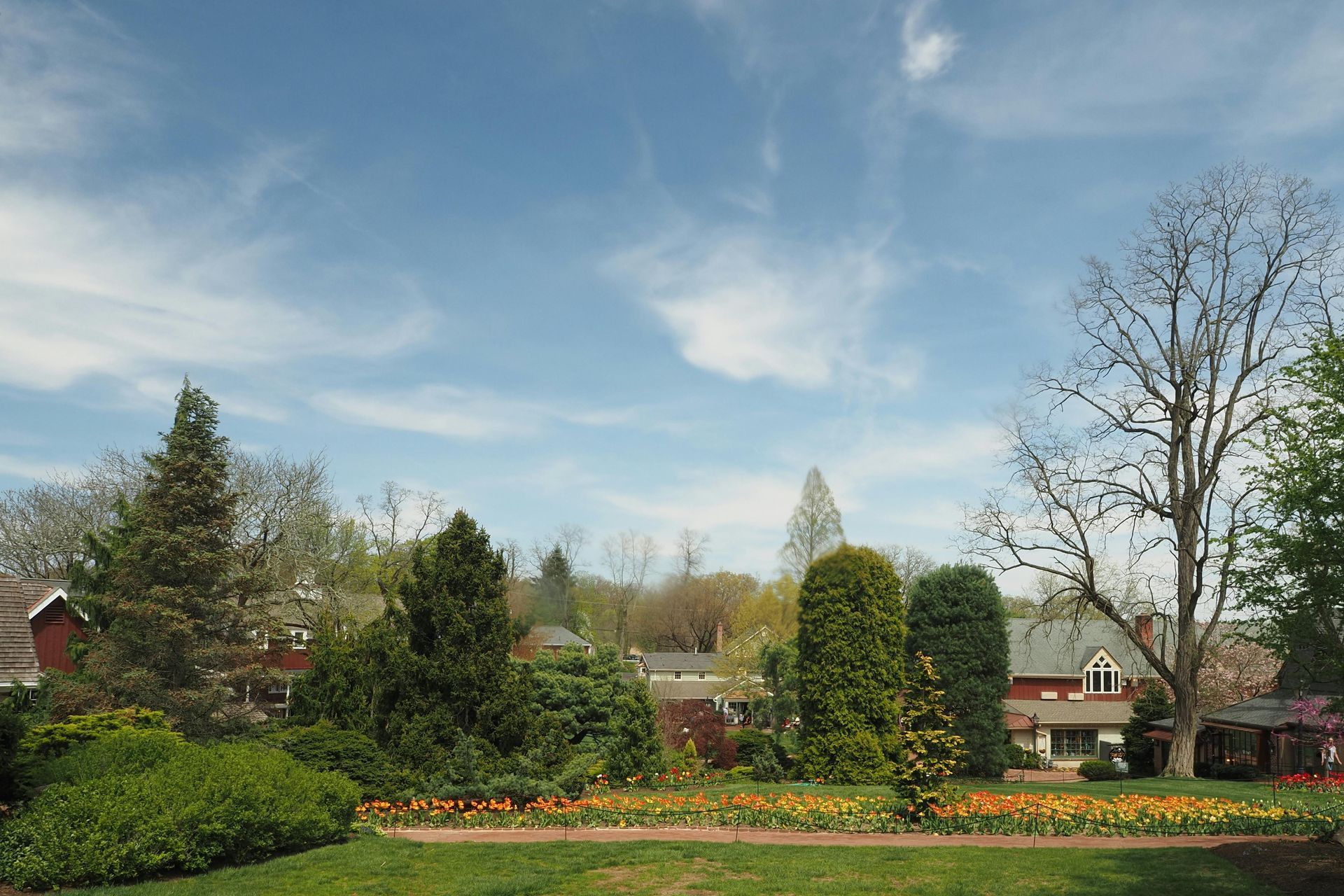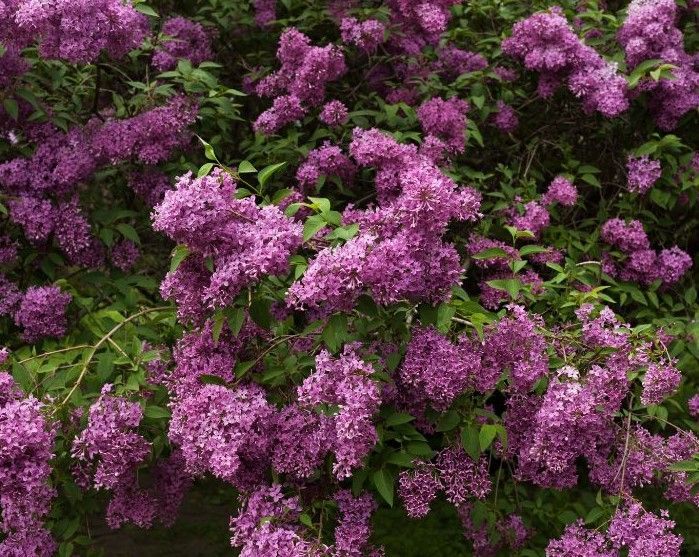Hemlocks: Beautiful and Graceful
What is a hemlock?
Evergreen hemlock trees are a part of the pine family Pinaceae, consisting of four native species in North America. These hemlocks thrive in dense, moist environments with dry, rocky soil, often deep within forests, rocky ridges, hillsides, and along riverbanks. They prefer shaded areas with ample rainfall throughout the year. Cultivated primarily for ornamental purposes, hemlocks also serve as a valuable tool in erosion prevention. However, the Hemlock Woolly Adelgid poses a significant threat to the survival of these hemlocks in their natural habitats.
Interesting Facts about Hemlocks
- It takes around 20 years for their seeds to develop. Seeds are miniature and equipped with wings to facilitate dispersal by wind.
- Black bears have been known to use large, hollow hemlock trees as shelters.
- Crushed needles of the hemlock tree release a substance that smells nearly identical to poison hemlock (a poisonous type of herbaceous plant), hence the name "hemlock tree". Unlike poison hemlock, hemlock trees are not poisonous.
- Needles of the hemlock tree contain vitamin C. They can be consumed in the form of tea-- this tea was popular and often consumed by Iroquois Indians in the past.
- Hemlock trees have strong root systems which can be used for the prevention of erosion.
- Oil extracted from the needles of hemlock tree has application in the industry of perfumes.
- Wood of hemlock tree is very popular in the home and often used for roofing, flooring, paneling and in the manufacture of furniture.
- Tannic acid extracted from the bark of hemlock tree is used for tanning of leather.
- Native Americans used the bark for weaving baskets. Dyes extracted from various parts of the tree were used for wool coloring.
- Hemlock trees can survive from 400 to 800 years in the wild.
Eastern Hemlock (Tsuga Canadensis)
The eastern hemlock is a type of evergreen tree that can be found along the east coast. Its habitat ranges from Nova Scotia to Minnesota, and from Maryland and Illinois to the Appalachian Mountains, even reaching as far as Georgia and northern Alabama.
This tree is home to over 120 unique species, making it an important refuge for diverse wildlife. Some of the animals that call the eastern hemlock home include black bears, bobcats, white-tailed deer, martens, snowshoe hares, red squirrels, porcupines, and woodpeckers.
Not only does the eastern hemlock support a wide range of wildlife, but it also adds natural beauty to any home landscape. With its attractive evergreen foliage and elegant branches, it can greatly enhance the aesthetic appeal of any setting.
It is worth mentioning that the eastern hemlock is the state tree of Pennsylvania, which highlights its significance and natural beauty.
Characteristics of the Eastern Hemlock
- Medium size conifer
- Grows between 40 and 100 feet tall
- Broad conical shape, straight trunk, and branches that droop at the tips
- Requires moist, well-draining, somewhat acidic soil
- Grows best in cooler summers, does not tolerate drought
- Needles are flat with rounded ends. They are green on top with white bands on the underside
- Maintains its needles year-round
- Bark is dark and smooth on young trees, and turns cinnamon brown with flat plates divided by thick ridges as the tree ages
- Cones are small, woody cylinders and pendulous (hang freely) from branches
Western or Pacific Hemlock (Tsuga Heterophylla)
The western hemlock, native to southern Alaska and stretching all the way down to the west coast of California, can also be found flourishing in the Rocky Mountains of southeastern British Columbia, northern Idaho, and southwestern Montana. With its remarkable flexibility, the top of the western hemlock tree gracefully bends in the opposite direction of the wind, while its elegantly drooping branches enhance its visual appeal. Not only is it a vital food source for deer and elk, but the seeds from its cones provide nourishment for Chickadees, Pine Siskins, and Deer Mice.
This native tree is frequently utilized as an avenue tree in parks, in addition to serving as a significant provider of wood pulp and lumber.
Characteristics of the Western Hemlock
- Grows between 165 and 230 feet tall
- Has a narrow crown
- Droopy new growth at the top of the tree and feathery foliage on down-sweeping branches
- Prefers moist, rich soil
- Does not like long dry periods and intense heat; requires a lot of water
- Produces an abundance of small, brown seed cones
- Bark is grayish-brown, scaly, and fissured
- Flat needles, spirally arranged with different sizes alternating on the same stem
Mountain Hemlock (Tsuga Mertensiana)
Mountain hemlocks are coniferous trees that can be found in the Pacific Coast of North America. These trees have a distinctive appearance, with elegant conical crowns, lush foliage, and gracefully spreading branches. It is not uncommon to come across a mountain hemlock with a slightly tilted leading shoot, which adds a unique touch to their already striking appearance.
One of the notable qualities of these trees is their flexible trunks, which enable them to bear the weight of snow for long periods in high-altitude alpine regions. This resilience allows them to endure harsh winters without collapsing under the burden of the snow.
The seeds found within the cones of the mountain hemlock are feasted on by squirrels, while grouse prefer to savor the buds and leaves. These trees play a vital role in the ecosystem by providing sustenance and nourishment to the local wildlife, contributing to the delicate balance of their environment.
When young, mountain hemlocks can be pruned into hedges, creating a beautiful and orderly display.
Characteristics of the Mountain Hemlock
- Grows between 30 to 100 feet tall
- Greenish blue to silver-green needles are densely bundled on all sides with a bottle brush effect
- Bark is grayish black to reddish-brown and is fissured and scaly
- Prefer cool summers, does not like heat
- Branches raise upward at the tips
- Seed cones are purple and then ripen to a grayish brown
- Cones are narrow and long, measuring about 3 inches long and 1 inch wide
Carolina Hemlock (Tsuga Caroliniana)
The Carolina hemlock is a tree species that thrives in the cliffs and ridges of the Blue Ridge mountains and northeastern Tennessee. Its shaggy green branches, although sparse, are a cherished sight in the southern Appalachian landscape, adding beauty to the rugged mountains. This tree plays a significant role in supporting the local ecosystem, as its seeds serve as a food source for many birds and animals. Additionally, rabbits have been observed feeding on its bark. Hemlocks provide shelter and protection to various creatures, acting as a refuge during rain and snow. While the Carolina hemlock is not commonly used for timber production, it is highly valued as an ornamental tree due to its scarcity. It is particularly well-suited for creating screens in areas with partial shade.
Characteristics of the Carolina Hemlock
- Grows between 30 and 70 feet tall
- Needles are broad, flattened, with a rounded apex; they radiate outward in all directions from the twigs
- Bark is thick, reddish brown, and becomes fissured between scaly ridges
- Branches are stout and usually horizontal, often slightly drooping
- Cones are long and green when young, maturing to a light- to mid-brown about 6–7 months after pollination
- Grows in moist, well-draining soil
- Thrives in cool shady areas
- Requires a lot of water
- When the needles are crushed, they smell like a tangerine
Check out the latest...








